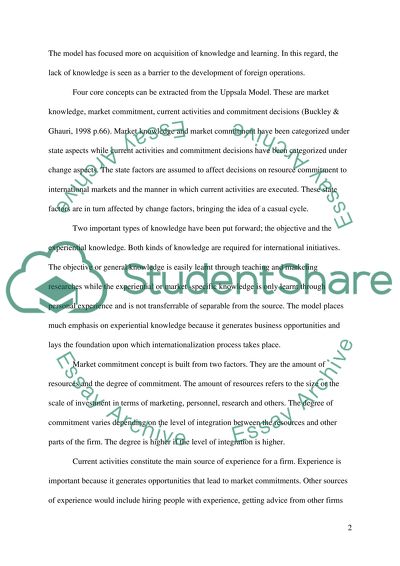Cite this document
(“Theories of Internationalization Essay Example | Topics and Well Written Essays - 3000 words”, n.d.)
Retrieved from https://studentshare.org/marketing/1403276-international-marketing
Retrieved from https://studentshare.org/marketing/1403276-international-marketing
(Theories of Internationalization Essay Example | Topics and Well Written Essays - 3000 Words)
https://studentshare.org/marketing/1403276-international-marketing.
https://studentshare.org/marketing/1403276-international-marketing.
“Theories of Internationalization Essay Example | Topics and Well Written Essays - 3000 Words”, n.d. https://studentshare.org/marketing/1403276-international-marketing.


